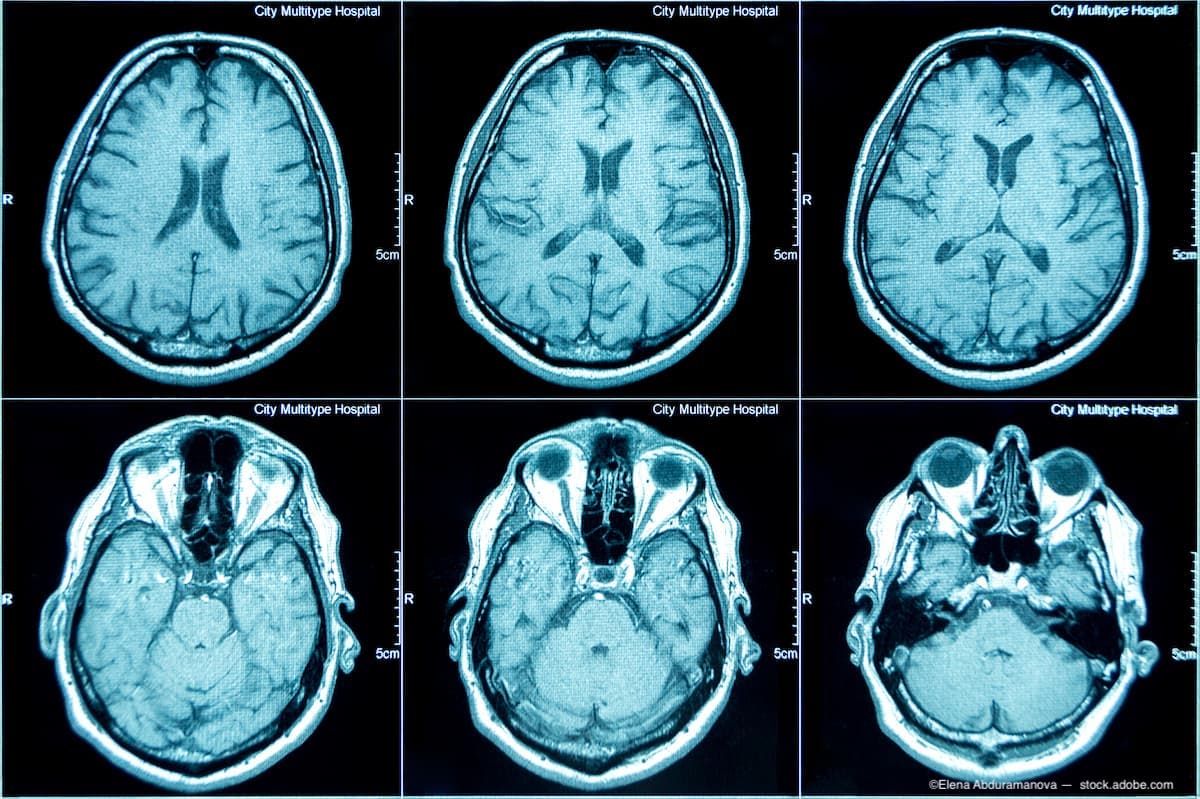News
Article
First workshop on brain-based vision disorder hosted by NEI
Author(s):
Consensus, awareness, and a CVI registry: top priorities of the trans-NIH event
(image credit: AdobeStock/Elena Abduramanova)

In November 2023, the NIH sponsored its first workshop on cerebral/cortical visual impairment (CVI). As explained in their press release, CVI is the umbrella term for subnormal vision resulting from brain injury during development.
The November event was organized by the NEI, the National Institute on Neurological Disorders and Stroke, and the Eunice Kennedy Shriver Institute of Child Health and Human Development. The event was co-chaired by Lotfi Merabet, OD, PhD, associate professor of ophthalmology, Massachusetts Eye and Ear, Harvard Medical School, and Melinda Chang, MD, an assistant professor of clinical ophthalmology at the University of Southern California. People with CVI and people who support individuals with CVI, including caregivers and teachers, provided input.
During the workshop, clinicians, researchers, and stakeholders discussed establishing CVI diagnostic criteria, boosting awareness of CVI, and creating a participant data registry to serve as a platform for data collection and to facilitate research on the brain-based visual disorder, the press release said.
CVI: a challenging disorder
The NEI noted that the symptoms of CVI have challenged efforts to define the condition, form diagnostic criteria, and develop treatment. “CVI affects vision processing in the brain in ways that cannot be completely explained by problems occurring in the eyes. CVI can manifest as higher order visual deficits, such as the inability to recognize known objects such as a familiar toy. It can also manifest as lower order visual deficits, such as reduced contrast sensitivity and limited field of vision; uncontrollable eye movements called saccades; or difficulty tracking moving objects,” according to the press release.
What emerged from the workshop was a working definition of CVI: “CVI is a spectrum of visual impairments caused by an underlying structural and/or functional brain abnormality that affects the development of visual function and processing.” Functional vision is defined as a person’s ability to interact with and make sense of the complex visual world around them.
The workshop participants focused on current diagnostic strategies and the need for developing and validating evidence-based, age-appropriate tests and intervention protocols for CVI.
The participants also discussed boosting awareness of CVI, which is underrecognized and misdiagnosed. Clinicians should be aware that a patient with CVI can have a completely normal eye examination, leading health professionals to attribute visual symptoms to behavioral disorders. It also was pointed out that CVI often overshadowed by comorbid neurologic disorders, such as cerebral palsy or cognitive delay, which may further complicate establishing an accurate diagnosis.
The drafted CVI criteria stated, “Although CVI may be comorbid with other neurodevelopmental disorders, CVI is not primarily a disorder of language, learning, or social communication.”
The participants at the workshop underscored the need for healthcare provider training programs about CVI, promotion of available CVI screening tools, and sponsorship for public education campaigns.
The NEI press release also noted that feedback from the workshop will inform the development of a CVI registry that NEI plans to build with the help of a committee. In the future, participant recruitment methods and research protocols for the registry will be identified. One possibility is the use of a global unique identifier system. With it, the CVI registry would connect data from participants across multiple registries to help identify conditions that commonly overlap with CVI. In addition, the CVI registry could potentially track participants over time to study natural history and epidemiology trends.
“Propelling these areas forward will require a multidisciplinary approach involving ophthalmologists, pediatricians, neurologists, imaging experts, occupational therapists, and educators,” said Michael F. Chiang, MD, director of the NEI, which tagged CVI as a priority area in the 2021 NEI Strategic Plan. “Overall, we need a much better understanding of the neural basis of CVI in order to build a foundation for new therapies.”
Newsletter
Don’t miss out—get Ophthalmology Times updates on the latest clinical advancements and expert interviews, straight to your inbox.




